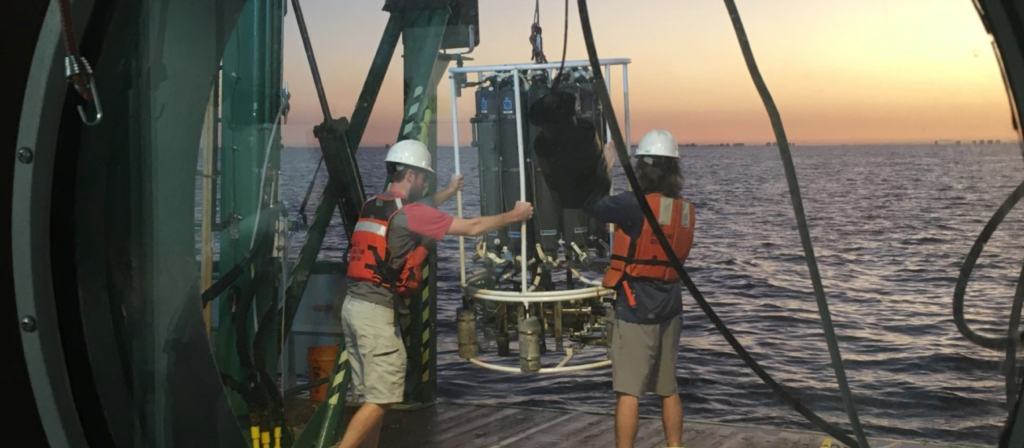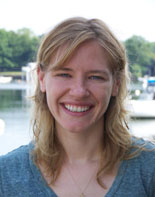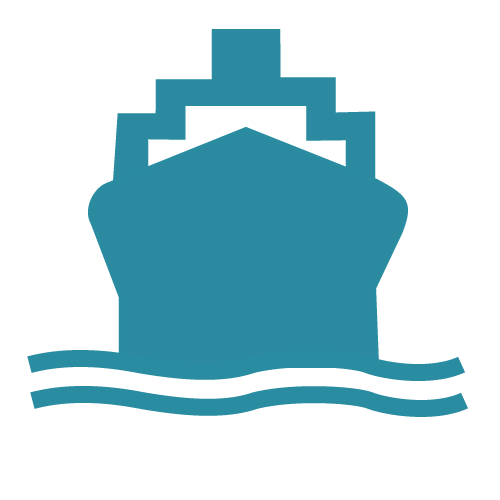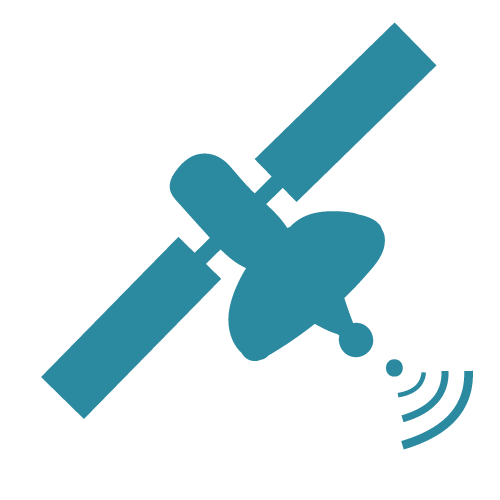
Pictured is a CTD rosette being deployed off Fort Myers, Florida to collect water samples as well as water column conductivity, temperature, and depth. Image Credit: NOAA
A team of scientists, led by Katherine Hubbard from the Florida Fish and Wildlife Research Institute (FWRI), will use a suite of ocean observing technology to improve our understanding of Harmful Algal Blooms (HAB) on the West Florida Shelf. This work is funded by SECOORA and is complimenting on-going research focused on the toxic dinoflagellate, Karenia brevis, that blooms almost annually off the coast of Florida.
The project team – comprised of members from FWRI, the University of South Florida, and Mote Marine Laboratory – will use a combination of ship-based sampling, glider deployments, and satellite remote sensing to increase bloom sampling efficiency and improve bloom forecasting for the Charlotte Harbor, FL area – as well as other locations as needed.

Katherine Hubbard
Fish and Wildlife Research Institute
“It truly takes a dedicated network and expertise to sustain key observations, and at the same time, add to our understanding of the drivers of K. brevis bloom initiation, growth, and termination. The SECOORA funding provides a unique opportunity to strengthen HAB monitoring via offshore shipboard and autonomous underwater vehicle (i.e., ocean glider) sampling,” says Hubbard, “Integrating these data streams within the framework of the SECOORA IOOS Regional Association helps enhance new and existing partnerships and allows a broader audience to have access to water quality and oceanographic data via web-based tools.”
The project is an interdisciplinary approach of four different components:

Enhanced in situ offshore monitoring using autonomous underwater vehicles (AUVs)
Team: Chad Lembke, Robert Weisberg, Chuanmin Hu, Yonggang Liu, University of South Florida; Matthew Garrett, Fish and Wildlife Research Institute
The team will deploy two gliders in 2019 and two in 2020. Gliders are AUVs equipped with sensors (e.g. temperature, salinity, chlorophyll a fluorescence, CDOM, and dissolved oxygen) that collect data through the water column. Glider data is transmitted in real-time and provides valuable information about the potential presence of K. brevis in coastal waters. This work will compliment offshore ship-based water sampling.

Field surveys targeting key bloom dynamics
Team: Katherine Hubbard and Matthew Garrett, Fish and Wildlife Research Institute; Kristen Buck, University of South Florida; Emily Hall, Mote
Comprehensive and repeated sampling is needed to better understand ecological drivers of blooms. The funding provided through SECOORA will support additional measurements during large-scale process-oriented cruises conducted by NOAA, which occur during glider deployments and can be supplemented by smaller-scale cruises or surveys as warranted.

Observe surface optical properties using satellite remote sensing
Team: Chuanmin Hu, Robert Weisberg, University of South Florida; Katherine Hubbard, Fish and Wildlife Research Institute
Satellite remote sensing is routinely used for detecting and reporting K. brevis. Prior to, during, and following deployments of the gliders, analysis of chlorophyll products derived via remote sensing will be used to provide time series data to better determine bloom extent and changes in bloom conditions over short time scales. This image processing will be used to refine algorithms developed for tracking red tide using ocean color as needed.

Evaluate key bloom dynamics using physical and ecological modeling
Team: Robert Weisberg, Yonggang Liu, Kristen Buck, Chuanmin Hu, University of South Florida; Katherine Hubbard and Matthew Garrett, Fish and Wildlife Research Institute; Emily Hall, Mote
Ocean circulation is important to consider when modeling K. brevis bloom transport. To forecast bloom initiation or expansion, physical and biophysical models must incorporate in situ observations. The effort supported by SECOORA will test the validity of a week-long bloom transport forecast. This information will define parameters needed for even longer-term (i.e. seasonal) forecasts.
HABs can produce dangerous toxins that can sicken and even cause death to other organisms, poison fisheries, and can create dead-zones in coastal waters. By working together, observation capabilities and enhanced forecasting will be expanded to HAB-prone areas to reduce impacts and increase response to these blooms that impact the community and economy.
Related news

President Biden Proposes Significant Budget Cuts to IOOS for 2025
President Biden’s recent 2025 budget proposal slashed the funding allocated for the Integrated Ocean Observing System (IOOS) by 76%, which would effectively shut down coastal and ocean observing efforts.

Webinar: NOAA Resources to Help Coastal Communities Understand Flood Risk
Join us Wednesday, March 27th at 12 PM Eastern Time for SECOORA's Coastal Observing in Your Community Webinar Series to hear from Doug Marcy with the NOAA Office for Coastal Management.

Hiring: SCDRP Program Coordinator
The Southeast & Caribbean Disaster Resilience Partnership (SCDRP) is seeking a part-time Program Coordinator. Applications are due by April 1st, 2024.